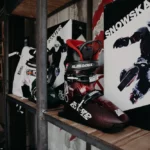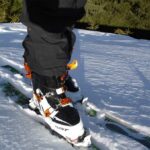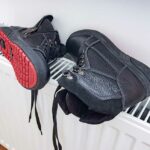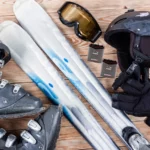Choosing the right cross-country skis as a beginner can be daunting, often leading to confusion and unsuitable gear.
This article simplifies the process, guiding you through selecting the perfect classic cross-country skis. From understanding the basics of classic versus skate skiing to picking the right skis, bindings, and boots, we provide the essential insights you need.
This guide ensures a smooth start to your cross-country skiing adventure, helping you enjoy the sport to its fullest.
Understanding Cross-Country Skiing
Cross-country skiing is a winter sport that involves skiing across snow-covered terrain using skis and poles. It is a popular form of exercise and recreation that can be enjoyed by people of all ages and fitness levels. There are two main types of cross-country skiing: classic skiing and skate skiing.
Classic cross-country skiing involves skiing in parallel tracks, using a diagonal stride technique to move forward. This type of skiing is often preferred by beginners because it is easier to control and provides a full-body workout. Skate skiing, on the other hand, involves skiing in a V-shape, using a skating motion to move forward. This type of skiing is faster and requires more technique and control.
Cross-country skiing is a great way to work out many different muscles in the body. It is a full-body workout that engages the legs, arms, and core muscles. The diagonal stride used in classic skiing works the quadriceps, hamstrings, and glutes, while the skate skiing motion works the inner and outer thighs, calves, and glutes.
For beginners, it is important to start with classic skiing to build up strength and technique before moving on to skate skiing. Learning proper technique is essential for both types of skiing, as it will help you to ski more efficiently and with less effort.
Overall, cross-country skiing is a fun and challenging sport that can be enjoyed by people of all ages and fitness levels. Whether you are looking for a full-body workout or just a fun way to enjoy the winter outdoors, cross-country skiing is a great option.
Choosing the Right Type of Skis
When it comes to selecting the right pair of classic cross-country skis, there are a few important factors to consider. In this section, we’ll explore the key differences between classic and skate skiing, waxable and waxless skis, and metal-edge touring skis for steeper terrain.
Classic vs Skate Skiing
The first decision to make is whether to opt for classic or skate skiing. Classic skiing involves a diagonal stride motion, while skate skiing involves a V-shaped motion that requires more balance and technique.
Classic skiing is generally considered more forgiving and easier to learn, making it a great choice for beginners or those looking for a more leisurely experience. Skate skiing, on the other hand, is faster and more efficient, making it ideal for those looking to cover more ground or compete in races.
Waxable vs Waxless Skis
Another important decision to make is whether to go for waxable or waxless skis. Waxable skis require regular maintenance and waxing to perform at their best, but they offer superior performance and glide in a wide range of snow conditions.
Waxless skis, on the other hand, have a fish-scale pattern on the base that provides grip without the need for waxing. While they require less maintenance, they may not perform as well in certain snow conditions.
Metal-Edge Touring Skis for Steeper Terrain
Finally, if you plan on skiing on steeper terrain or in backcountry areas, you may want to consider metal-edge touring skis. These skis have metal edges that provide better grip and control on icy or hard-packed snow.
While they may be heavier and less efficient than other types of skis, they offer improved performance and safety in more challenging conditions.
When choosing classic cross-country skis, it’s important to consider your skill level, intended use, and the snow conditions you’ll be facing. By taking these factors into account and selecting the right type of skis, you can enjoy a comfortable, efficient, and enjoyable skiing experience.
Understanding Ski Features
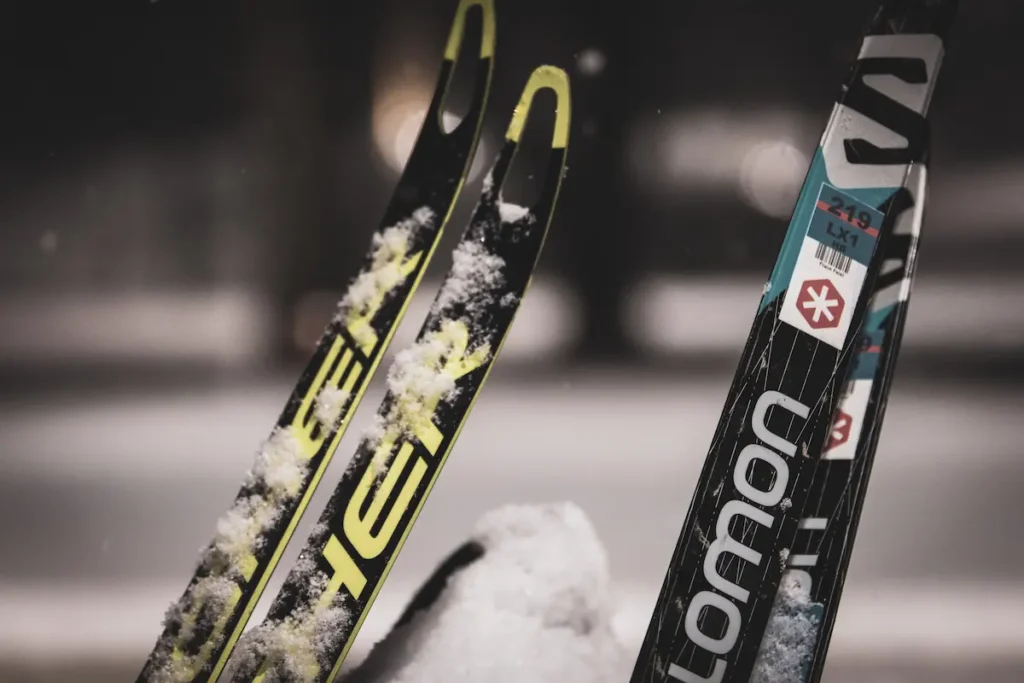
When choosing classic cross-country skis, it’s important to understand the various features that make up a ski. This section will cover some of the most important ski features to consider.
Ski Flex and Camber
Ski flex and camber are two important features that affect a ski’s performance. Flex refers to how much the ski bends when weight is applied, while camber refers to the upward curve of the ski’s base when no weight is applied.
Skis with a stiffer flex are generally faster and more stable at high speeds, while softer skis are more forgiving and easier to control. Camber can also affect a ski’s speed and stability, with more camber generally providing better grip and control.
Ski Sidecut and Width
The sidecut of a ski refers to the hourglass shape of the ski, with a narrower waist and wider tips and tails. A deeper side allows for easier turning, while a shallower sidecut provides more stability at high speeds.
Ski width also plays a role in performance, with wider skis providing more flotation in deep snow and narrower skis being faster on hard-packed trails.
Grip and Glide Zones
Grip and glide zones are specific areas of the ski that are designed for different purposes. The grip zone, also known as the kick zone, is located under the foot and is designed to provide traction and grip on the snow. The glide zone, located at the front and back of the ski, is designed to reduce friction and provide a smooth glide.
The shape and size of the grip and glide zones can vary depending on the ski, with some skis having a bow or groove in the grip zone for better traction, and others having a wider glide zone for improved speed.
By understanding these important ski features, you can make a more informed decision when choosing classic cross-country skis that best suit your needs and preferences.
Selecting the Right Size and Fit
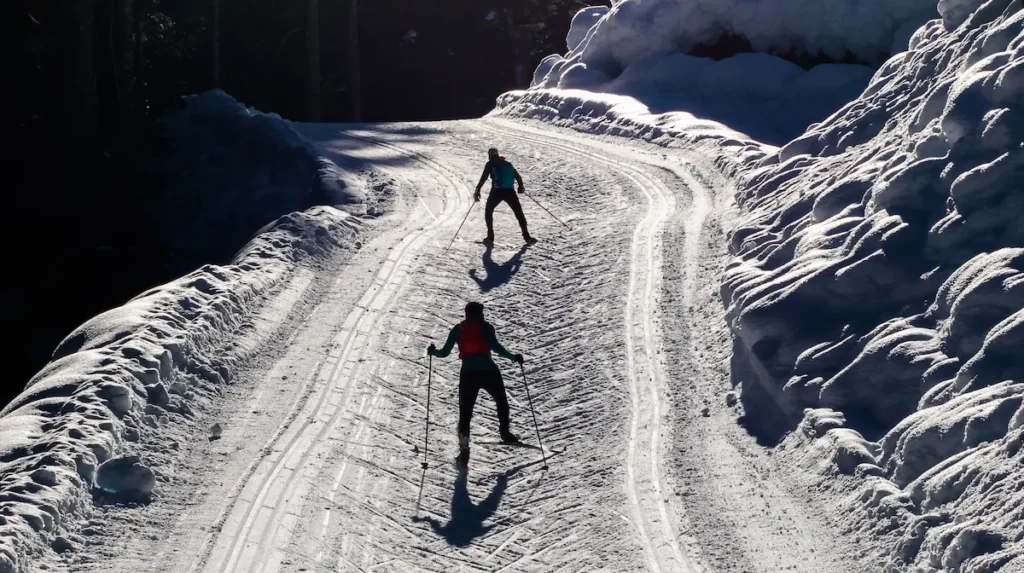
When it comes to selecting classic cross-country skis, choosing the right size and fit is crucial. A poorly fitting ski can make it difficult to maintain control and stability, and can even lead to injury. Here are some important factors to consider when selecting the right size and fit for your classic cross-country skis.
Determining Ski Length
The length of your classic cross-country skis should be based on your height, weight, and skill level. A general rule of thumb is to choose skis that are about 25-30cm longer than your height. However, this is just a starting point. You should also take into account your body weight and skill level.
Considering Body Weight and Skill Level
Your body weight and skill level are important factors to consider when selecting the right size and fit for your classic cross-country skis. Heavier skiers will need longer skis to provide adequate stability and support, while lighter skiers can get away with shorter skis. Similarly, beginners will benefit from shorter skis that are easier to control, while more experienced skiers can handle longer skis that provide greater speed and performance.
It’s important to note that ski length is not the only factor that affects fit. The width of the ski, the stiffness of the flex, and the shape of the camber can all affect how the ski fits and performs. Be sure to consult with a knowledgeable salesperson or ski technician to help you find the right fit for your needs.
By taking into account your body weight, skill level, and other factors, you can ensure that you select the right size and fit for your classic cross-country skis. This will help you maintain control, stability, and comfort on the trail, and allow you to enjoy this popular winter sport to the fullest.
Choosing Bindings and Boots
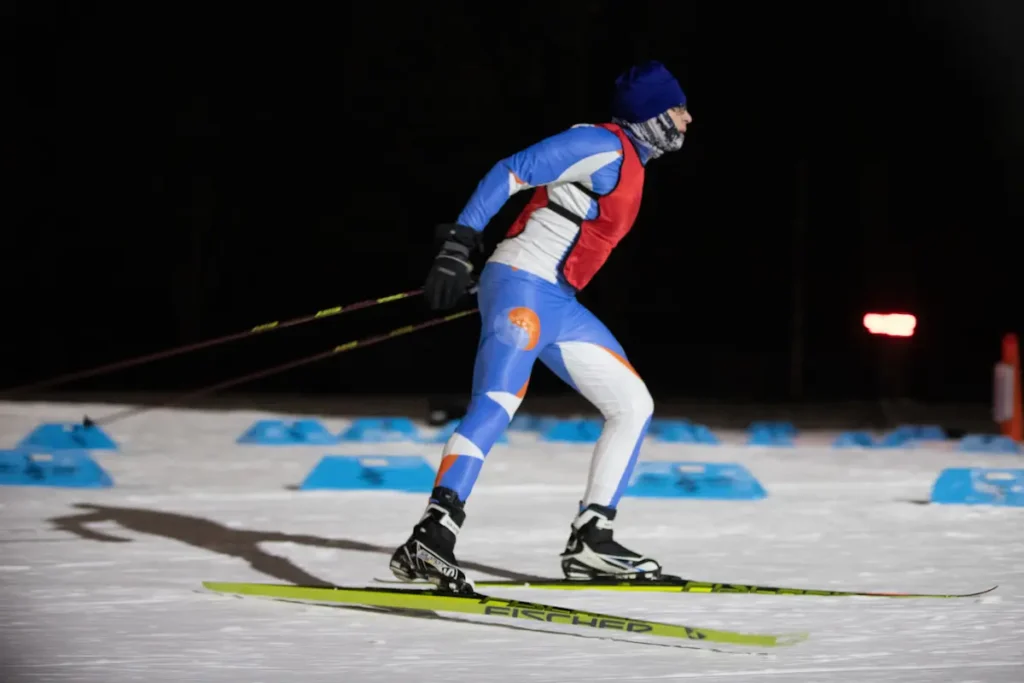
When it comes to selecting the perfect classic cross-country skis, choosing the right bindings and boots is just as important as selecting the right skis. Bindings and boots are crucial components that can significantly impact your skiing experience. Here’s what you need to know when choosing bindings and boots.
Understanding Different Types of Bindings
There are different types of bindings available in the market, and it’s essential to understand their differences to make an informed decision. The most common types of bindings are NNN bindings, Prolink bindings, and NIS bindings.
NNN bindings are compatible with NNN boots and have a bar that inserts into the sole of the boot. Prolink bindings, on the other hand, are compatible with Prolink boots and have a single central ridge that locks the boot in place. NIS bindings are compatible with NNN and Prolink boots and allow for easy adjustment of the binding position on the ski.
Selecting the Right Ski Boots
Selecting the right ski boots is crucial for comfort, performance, and safety. The right boots should fit snugly, provide adequate support, and match the bindings you have chosen. It’s recommended to try on several pairs of boots to find the right fit.
Ski boots come with different features such as insulation, waterproofing, and breathability. It’s essential to consider the weather conditions you’ll be skiing in and select boots that provide the right level of warmth and protection.
It’s also important to consider the type of heel you prefer. Some boots have a higher heel for better control, while others have a lower heel for a more natural feel.
In summary, selecting the right bindings and boots is crucial for an enjoyable skiing experience. Understanding the different types of bindings and selecting boots that fit well and provide the right features for your needs will ensure you get the most out of your classic cross-country skiing adventure.
Frequently Asked Questions
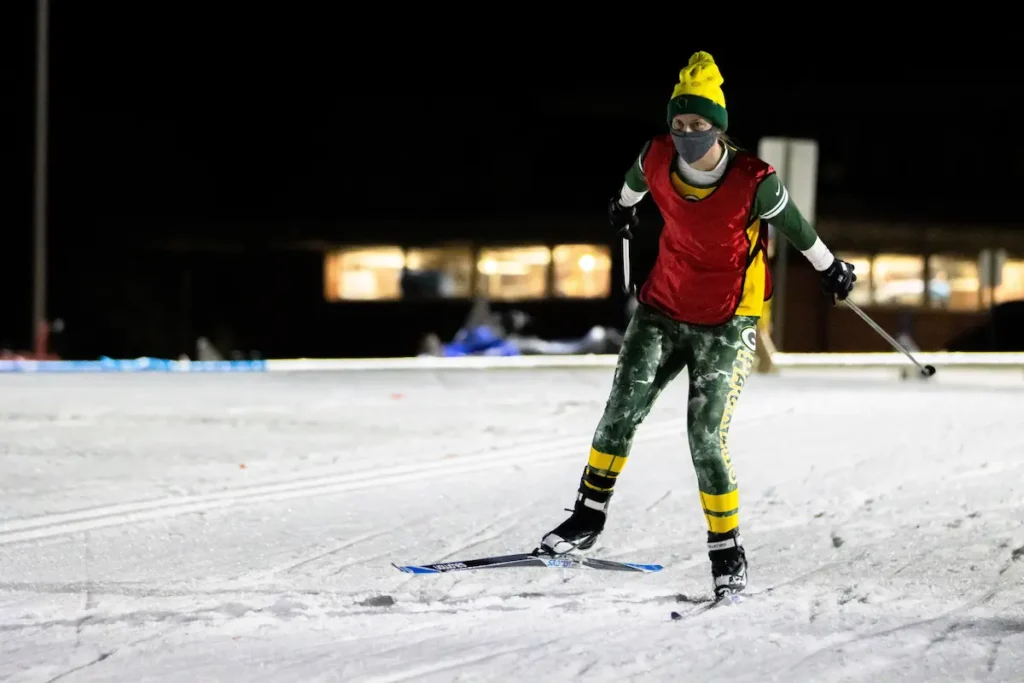
What are the types of classic cross-country skis available?
There are three types of classic cross-country skis available: touring skis, metal edge touring skis, and performance skis. Touring skis are designed for recreational use on groomed trails, while metal edge touring skis are suitable for backcountry skiing. Performance skis, on the other hand, are designed for racing and high-performance skiing.
How do I choose the right size of cross-country skis?
To choose the right size of cross-country skis, you need to consider your weight, height, and skiing ability. Generally, the longer the ski, the faster it will go, but the harder it will be to control. The shorter the ski, the easier it will be to control, but the slower it will go. It is recommended that beginners choose skis that are slightly shorter than their height.
What should I look for in a metal edge touring ski?
When choosing a metal edge touring ski, you should look for a ski that is sturdy and durable, with a good grip and glide. The ski should also have a wider waist than a traditional touring ski, which will provide better stability and flotation in deep snow.
What is the difference between Fischer and Rossignol cross-country skis?
Fischer and Rossignol are two of the most popular brands of cross-country skis. Fischer skis are known for their lightweight design and excellent performance, while Rossignol skis are known for their durability and stability. Ultimately, the choice between Fischer and Rossignol will depend on personal preference and skiing ability.
Can I buy used cross-country skis and still get good performance?
Yes, you can buy used cross-country skis and still get good performance, but it is important to inspect the skis carefully before purchasing. Look for signs of wear and tear, such as cracks or scratches on the base of the ski. It is also important to make sure that the bindings are compatible with your boots.
What are some good beginner cross-country ski packages available?
Some good beginner cross-country ski packages include the Fischer Spider 62, Rossignol Evo XC 59, and Salomon Snowscape 7. These skis are designed for recreational use and are easy to control, making them ideal for beginners.
- Types of Skiing Terrains: A Comprehensive Guide for Every Skier - December 6, 2024
- Skiing Nutrition: Essential Nutritional Advice and Meal Planning for Skiers - August 15, 2024
- Backcountry Skiing Explained: Essential Tips and Gear - August 8, 2024


